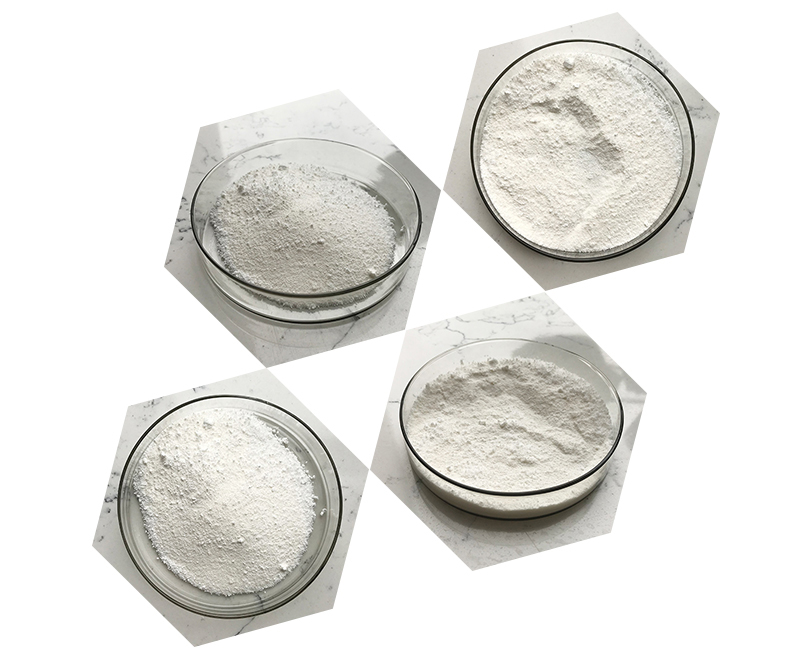Polyglutamic acid (PGA) is a biodegradable and water-soluble biopolymer with a wide range of applications in various fields, including medicine, cosmetics, and agriculture. Below are the typical materials and methods used in the production and application of polyglutamic acid:
Materials of Polyglutamic Acid:
1.Glutamic Acid: The primary material for Polyglutamic acid production is glutamic acid, an amino acid that serves as the monomer for PGA polymerization. Glutamic acid can be obtained through fermentation processes, chemical synthesis, or enzymatic methods.
2.Microorganisms: Certain strains of bacteria, such as Bacillus subtilis, are commonly used in the fermentation process to produce Polyglutamic acid. These bacteria are selected for their ability to produce high yields of Polyglutamic acid.
3.Nutrient Medium: A nutrient-rich medium is used to cultivate the microorganisms and encourage Polyglutamic acid production. The medium typically contains sources of carbon, nitrogen, and various salts.
4.Enzymes: Enzymes may be used to catalyze the polymerization of glutamic acid monomers into Polyglutamic acid. This is particularly useful in producing high-molecular-weight Polyglutamic acid.

5.Purification Reagents: To obtain pure Polyglutamic acid, various purification reagents and techniques are employed, including filtration, precipitation, and chromatography.
Methods of Polyglutamic Acid:
1.Fermentation:
Glutamic acid-producing microorganisms are cultivated in a bioreactor.
The microorganisms are provided with a nutrient medium containing a carbon source (e.g., glucose), nitrogen source (e.g., ammonium salts), and other essential nutrients.
Fermentation is carried out under controlled conditions, such as temperature, pH, and aeration, to optimize Polyglutamic acid production.
2.Isolation and Concentration:
The culture broth is harvested and subjected to separation techniques such as centrifugation or filtration to separate the Polyglutamic acid from the biomass and other impurities.
The Polyglutamic acid can be further concentrated through methods like precipitation using alcohol or other non-solvents.
3.Purification:
The concentrated Polyglutamic acid is often subjected to further purification steps to remove remaining impurities, including other proteins and nucleic acids. This can be achieved through chromatography or other separation methods.

4.Characterization:
Various analytical techniques, such as nuclear magnetic resonance (NMR) spectroscopy, infrared (IR) spectroscopy, and gel permeation chromatography (GPC), are used to characterize the Polyglutamic acid in terms of its structure and molecular weight.
5.Applications:
Polyglutamic acid can be used in various applications, including as a biodegradable polymer in the medical field (e.g., drug delivery systems), in cosmetics (e.g., skin moisturizers), and in agriculture (e.g., soil conditioner).
The exact materials and methods used for Polyglutamic acid production may vary depending on the specific goals of the production process and the desired properties of the polymer. Researchers and manufacturers continue to explore and develop new techniques for Polyglutamic acid production and applications to meet diverse industrial needs.
